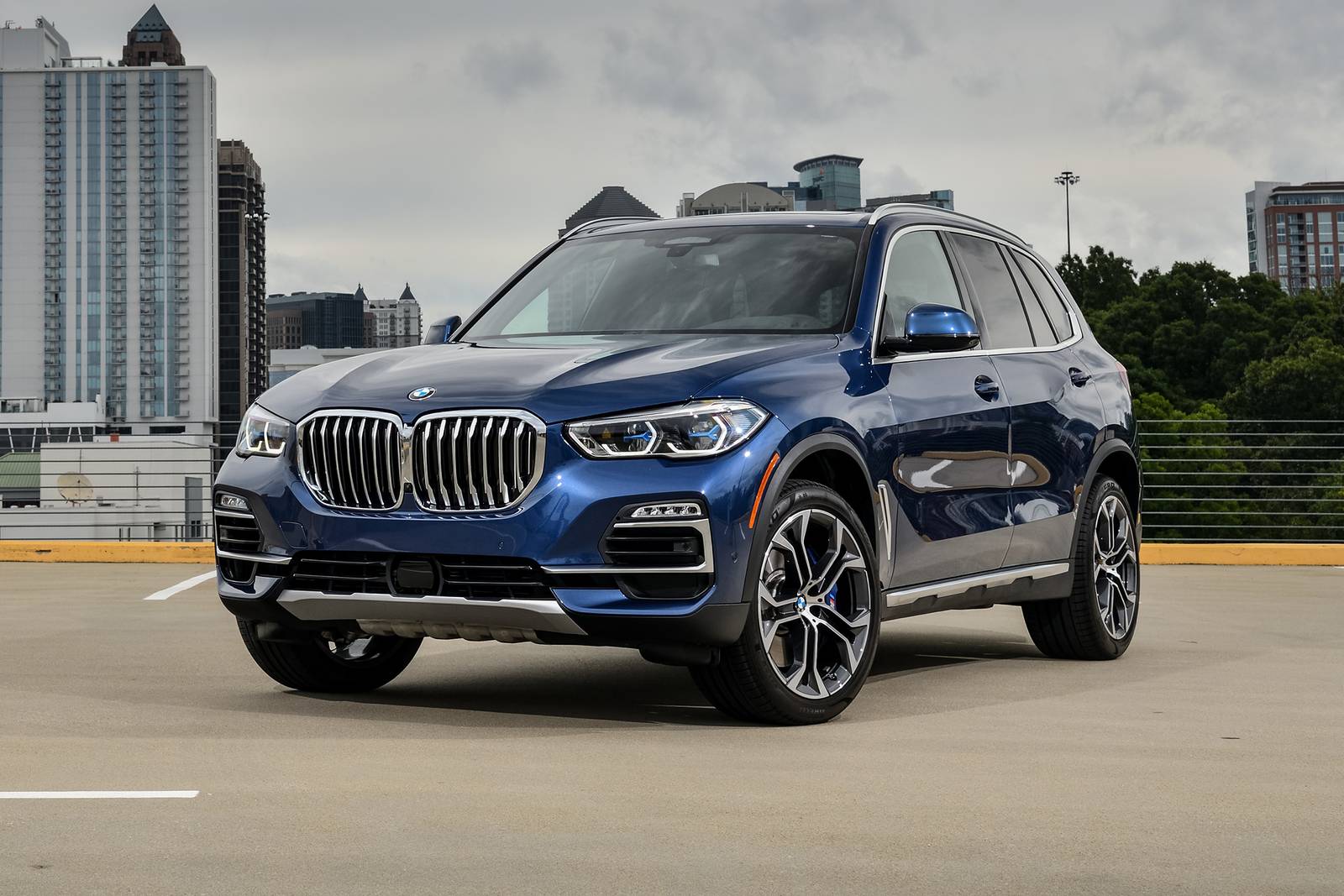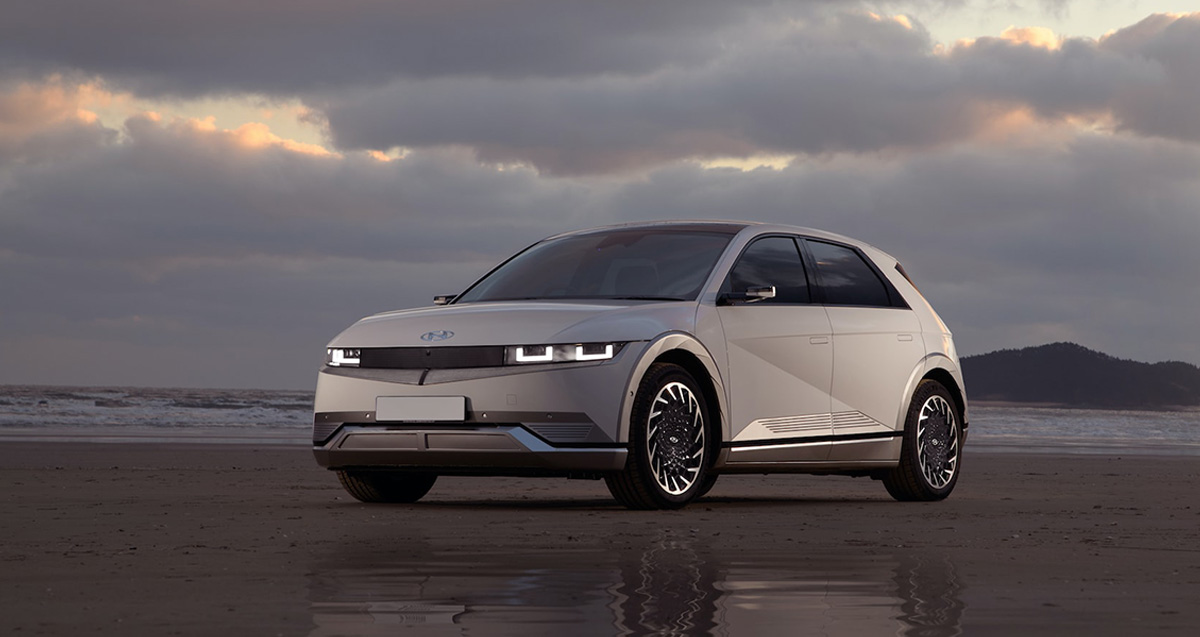If you’re looking to buy a new car in Alaska, you’re in luck: the state is one of just five that enjoys a 0% statewide sales tax on all automobile transactions. Local governments, on the other hand, can levy a sales tax of up to 7.5%, resulting in a mild aggregate sales tax of 1.803%.
While Alaska does not have a state sales tax, boroughs and municipalities are permitted to collect local sales taxes within their territories. While Anchorage and Fairbanks (Alaska’s two largest cities) do not have a sales tax, Juneau, for example, has a 5% local sales tax. In 2009, 108 Alaskan municipalities levied a local sales tax.
While Alaska does not collect sales taxes, excise taxes are collected on some items such as alcohol, cigarettes, tobacco, and petroleum. These excise taxes are passed on to the customer as part of the item price.
There are three choices for Alaska automobile registration:
- Register at an Alaska DMV location.
- Send the registration form via mail (if you live more than 50 miles away from a DMV)
- If you have an out-of-state registration, you can drive for up to 60 days.
Residents should register their car within 30 days of purchasing it. If you are migrating to the state, most registrations occur within 10 days of your arrival. You cannot request your title over the mail with any option, so plan on visiting your local DMV.
It’s also worth noting that anyone over 65 and/or disabled can apply for permanent registration.
Your car will be registered at an Alaska Division of Motor Vehicles (AK DMV) location. Failure to register on time may result in complications with your driving rights.
If you have everything set, getting your automobile on the road in Alaska doesn’t take long. The drive to your local DMV office in Alaska should take no more than an hour (give or take). Also, because individuals come and go, if you leave before the title expires, you may seek a fee refund via the Customer Refund Request.
To register the title or registration of your car in Alaska, you must:
- Visit your local DMV office in Alaska.
- Submit the Title & Registration Application (Form 812)
- Submit the title and registration, both signed.
- Please provide any relevant items:
- Statement about the odometer
- Legal authority
- Lien discharge
- Complete the VIN inspection.
- Pay your registration and tax costs.
You’ll be on your way with your registration paperwork.
Congratulations! You have finished the Alaska automobile registration procedure. Make sure you have Alaska auto insurance before you hit the road, or you might face significant fines and penalties.
Do you reside in a distant area that is too far away from the DMV?
If you live more than 50 miles from a DMV site, you can register by mail. This entails the same stages, documentation, and expenses as if you were doing it in person.
This information will be mailed to:
- State of Alaska
- Division of Motor Vehicles
- Attn: Correspondence
- 1300 W. Benson Blvd
- Anchorage, AK 99503
You should receive your registration paperwork shortly after it has been processed.
Are you transporting a vehicle from another state?
If the vehicle is registered in the state from which you came, you can legally drive it for up to 60 days without registering it with the state. Otherwise, you must submit your vehicle’s title, Form 812, a VIN inspection, and a notarized power of attorney (if applicable), as well as pay your expenses.
Typically, Alaska vehicle dealers will submit the registration papers on your behalf. If they do not, you can take the vehicle’s details (together with yours) to a DMV and register it.
You will be able to:
- Fill out Form 812.
- Submit the following vehicle information:
- Complete the VIN inspection (if required)
- You must pay your registration and title fees.
To spare yourself any difficulty, ask before you buy, but be aware that this option is accessible.
Typical registration costs in Alaska include:
- Passenger vehicles: $100
- Van/truck (less than 10,000 pounds): $100
- $15 for the title (if applicable).
- $5 for plate transfer
- Title duplication: $15
Depending on where you live, you may also be subject to a Motor Vehicle Registration Tax. Those who are disabled or disabled veterans will be exempt from registration and tax. Furthermore, anybody over the age of 65 and/or handicapped can apply for permanent stickers or tabs if they so desire.
Certain coverages are required to drive legally in Alaska. Before you get behind the wheel, you must have the following minimum coverage:
- Liability for bodily harm is $50,000 per person and $100,000 per accident.
- Liability for property damage: $25,000
- Bodily harm caused by an uninsured or underinsured motorist: $50,000 per person and $100,000 per accident*
- Property damage caused by an uninsured motorist: $25,000*
*Coverage for uninsured or underinsured motorists might be denied in writing.
In Alaska, the new Subaru Forester is a well-known SUV. Many folks may be taken aback. The Subaru Forester, in fact, offers numerous attributes that make it excellent for driving in Alaska.
The Subaru Forester is an SUV with exceptional all-wheel drive that is ideal for driving in Alaska. It has a high ground clearance and handles unpaved routes admirably. The Forester is also extremely fuel-efficient, which is crucial in Alaska. It has five passengers and several benefits, such as:
- Four-wheel drive
- Ground clearance is very high
- Efficient use of fuel
- Interior Space
- Ample Cargo Size
Its fuel consumption is around 33 mpg on the highway and 24 mpg in the city, making it one of the most dependable vehicles in the brand’s lineup.
Trucks are the most frequent vehicles in snowy areas such as Vermont, North Dakota, Colorado, and Alaska. Truck drivers in Alaska spend a lot of time outside, and they frequently assist acquaintances who become trapped in the snow. Trucks make things easier.
The new Ford F-150, in particular, is one of the most popular pickup trucks in the United States. The newest generation F-150 includes characteristics ideal for steep and snowy roads, such as a 4WD drivetrain, a variety of powertrain options, a big and comfortable interior with heated seats, and enough towing and payload capacity. Its outstanding powertrain lineup, which includes normally aspirated V6 and V8 engines, strong twin-turbo V6s, and a low-cost hybrid option, has no weak links. The ride and handling are both well-balanced, the cabin is roomy and luxurious, and the entertainment options are simple.
The new RAM 1500 is a full-size pickup truck with a 4WD option. Because it can handle snow and ice, it is an excellent choice for driving in Alaska.
The RAM 1500 is also exceptionally fuel-efficient, with highway fuel economy of up to 29 mpg. It seats up to six passengers and has several amenities that make it an excellent choice for traveling in Alaska. With a slightly higher price tag than the Ford F-150, the RAM 1500 outperforms its competition in a few areas.
A 305-horsepower V6 engine with eTorque mild-hybrid technology that enhances torque during acceleration is housed under the hood. This engine is powerful enough for everyday use. A 395 horsepower V8 engine or a 260 horsepower V6 turbodiesel engine is available for heavier hauling demands. If that’s not enough, there’s also a TRX variant with a 702-horsepower V8 engine to pick from.
The new GMC Sierra 1500 is a full-size pickup vehicle with four-wheel drive. This makes it an excellent choice for driving in Alaska because it can tackle difficult terrain easily. It has a seating capacity of six passengers and several characteristics that make it an excellent choice for traveling in Alaska, including
- a smooth ride
- Strong engine
- Cabin that is both spacious and quiet
- Fuel-efficient
- Infotainment characteristics that are simple to use
The GMC Sierra 1500 is a dependable car that can withstand the rigors of Alaskan travel. The fuel economy is adequate, with 22 mpg on the interstate and 16 mpg in the city. A diesel engine is preferred since it has better towing capability and is more fuel efficient.
The 2023 new Honda CR-V is an excellent little SUV. Aside from the beautiful and airy interior, passengers will love the comfortable and roomy seats, the feature-rich and user-friendly entertainment system, and the huge cargo area, this Honda also has good ride and handling, as well as good fuel efficiency and power from the basic turbo-four engine. The newly built CR-V aspires to provide even more of its trademark utility, with larger dimensions and increased passenger capacity. Its interior is inspired by the Civic small vehicle, and it has cutting-edge technology, including an infotainment system with an optional 9.0-inch touchscreen that supports wireless Apple CarPlay and Android Auto.
A 2.0-liter, four-cylinder engine and two electric motors provide 212 horsepower in the Honda CR-V hybrid. These compact SUVs are capable in difficult Alaskan road conditions, including mountainous roads, light mud, or thick snow during the winter, thanks to standard AWD and a CVT gearbox. In terms of fuel efficiency, the CR-V Hybrid exceeds rival hybrid SUVs. It gets 40 miles per gallon in the city and 35 miles per gallon on the interstate.
Good To Know Before Buying A Car In Favorite State In USA






